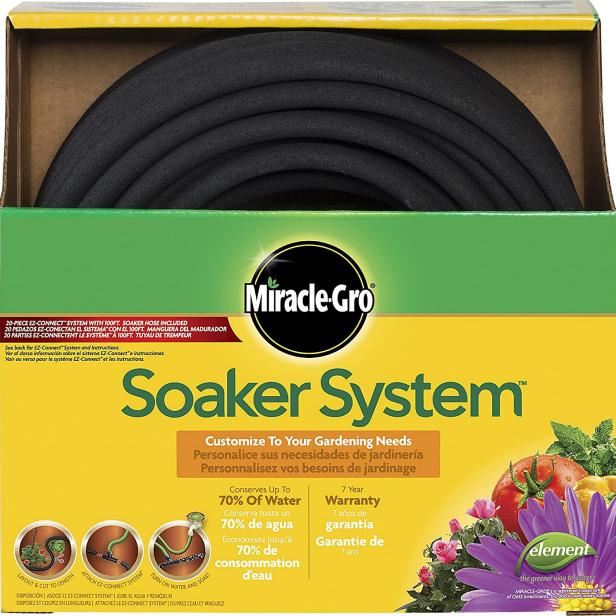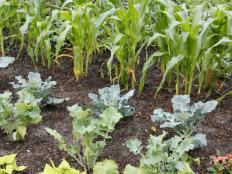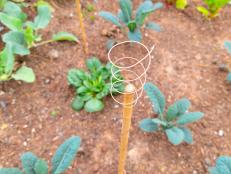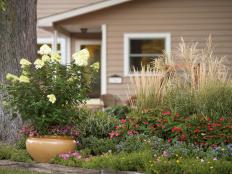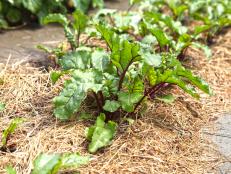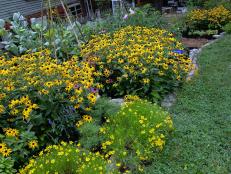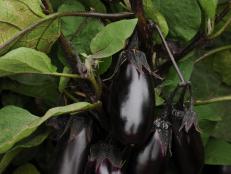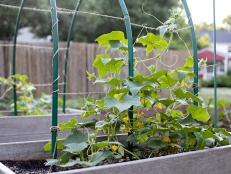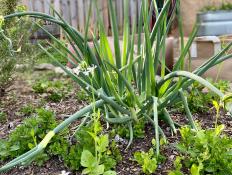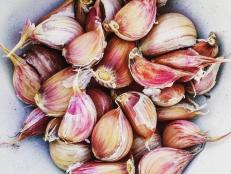Seven of the Most Common Vegetable Gardening Mistakes
If you’ve made a few of these blunders, don’t get frustrated. Gardening takes practice, patience and the ability to learn from your mistakes.
Even the most seasoned gardener will tell you that gardening is all trial-and-error — sometimes it works and other times not so much. And weather, pests and insects are rarely predictable. You’ve got to try different things when gardening, but if you stick to a few ground rules, you can increase your chances for success.
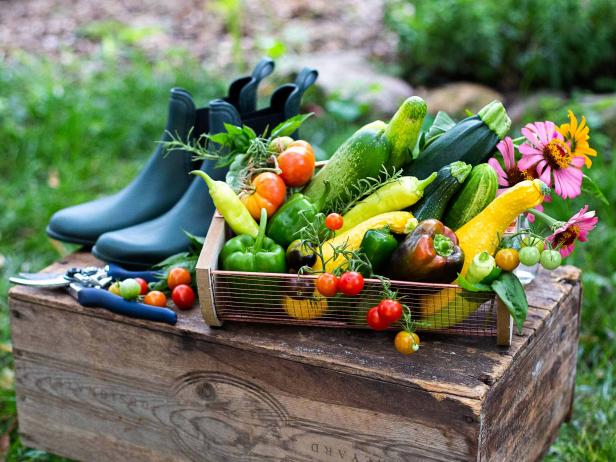
SHAIN RIEVLEY, SHAIN RIEVLEY, SHAIN RIEVLEY
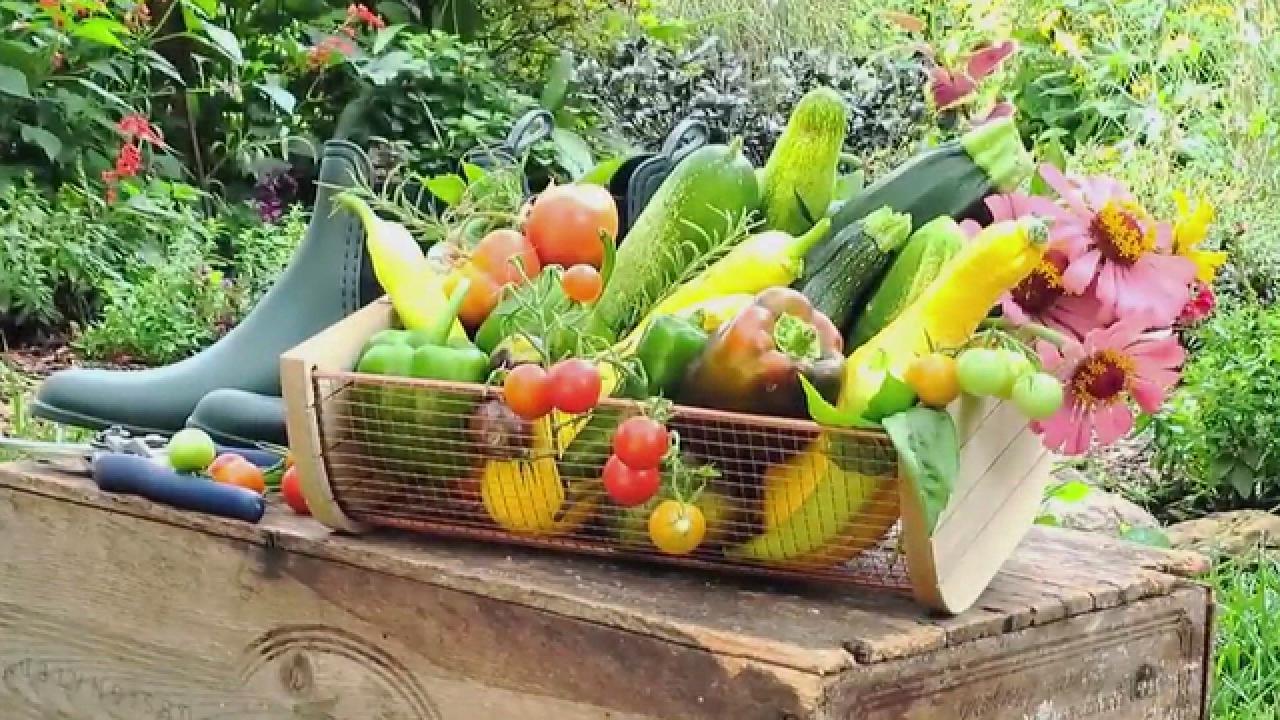
1. Don't Go Big
Start with a small and manageable amount of plants or just plant in containers. A 4' x 4' raised bed is a great size for beginners. It allows for success without being overwhelmed. Think about how many veggies you can eat and don’t overplant.
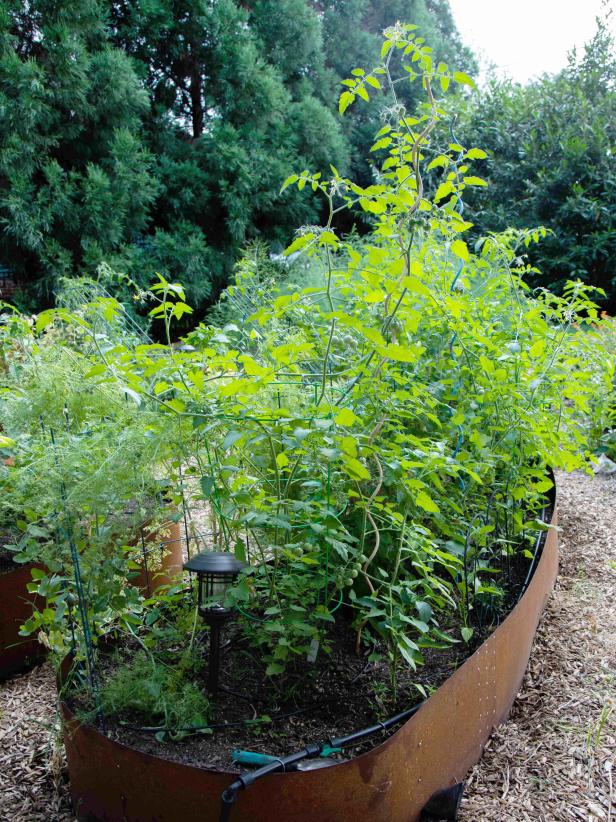
SHAIN RIEVLEY
2. Don't Overcrowd Plants
First-time gardeners may not realize how big some plants will get. Make sure to give plants plenty of room to grow. Pests invade easily if plants are too close. Follow the instructions on tags and seed envelopes for proper spacing.
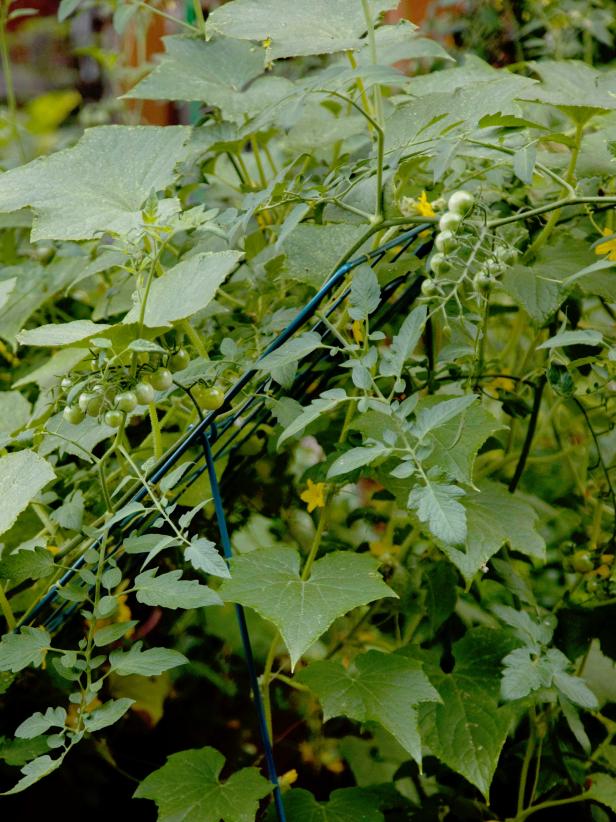
SHAIN RIEVLEY
3. Don’t Plant Out Of Season
Be sure to know your growing zone and plant accordingly. Peas and lettuces are generally grown in early spring. If you plant too late, you will limit the life cycle of the plant and it won't yield as much. Common summer plants like tomatoes, cucumbers and squash need plenty of sunshine as well as warm soil and air temperatures in order to thrive.
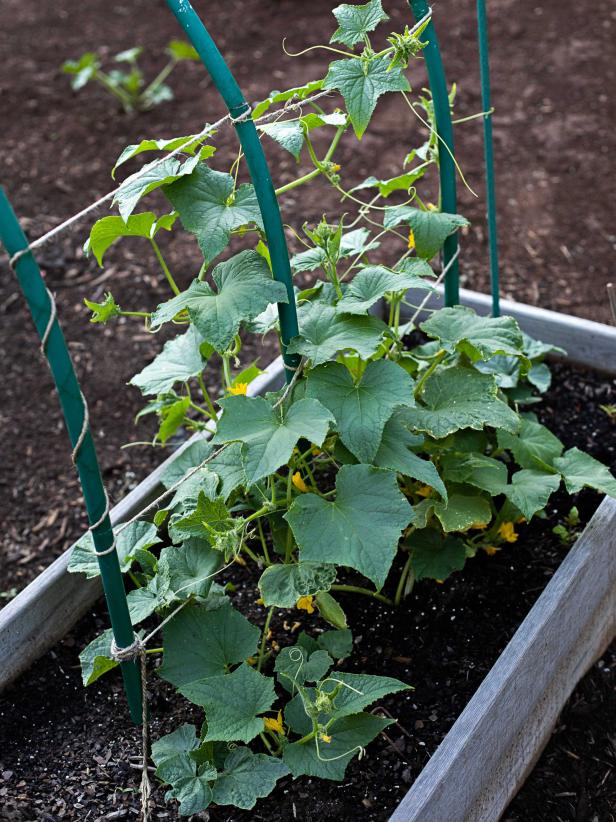
SHAIN RIEVLEY
4. Don’t Skimp on Good Soil
The secret to a beautiful, productive garden is great soil. Plants thrive when they have the right combination of ingredients for their roots. A combination of half compost and half topsoil is best for growing vegetables. Before you break ground on a new bed (or even as you start the work), it’s a good idea to take a soil test. You can usually get a test kit through your local Cooperative Extension office for a small fee. The test analyzes your growing site, measuring things like soil pH and some nutrients, including phosphorus, potassium and calcium.
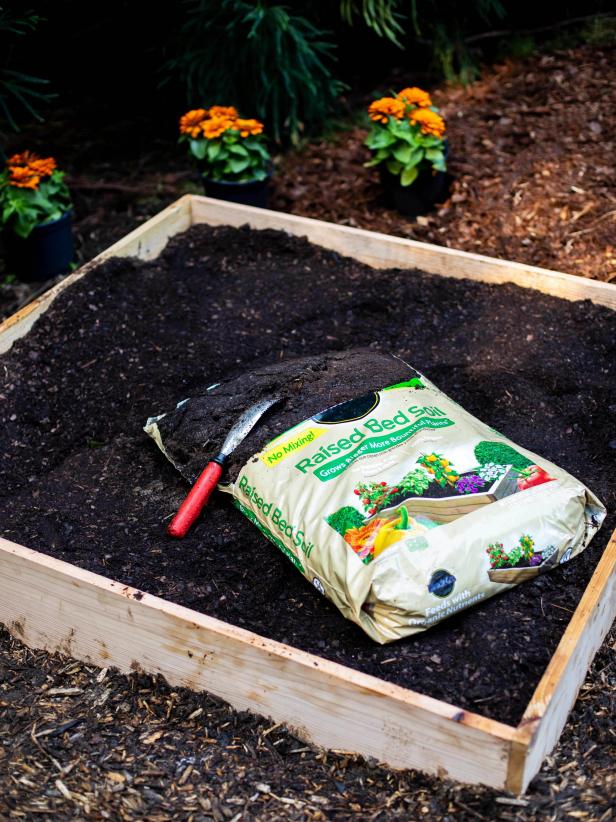
SHAIN RIEVLEY, SHAIN RIEVLEY, SHAIN RIEVLEY
How to Prepare Soil for a Garden
Learn how to thoroughly prepare soil for a successful garden.
5. Don't Water the Wrong Way
Soaking the leaves of a plant can lead to disease and fungal growth. Watering at the base of the plant will ensure the roots get enough water to last throughout the day while leaving top growth dry. However, you need to be careful; overwatering will drown roots and weaken plants while shallow watering can contribute to plant wilt. Soaker hoses on a timer will water consistently and save money. Early morning watering is best. Keep in mind that containers need more water, especially in hot weather.

SHAIN RIEVLEY
6. Don’t Overlook Pests
Give leaves a daily check for bugs, holes or other markings on leaves and stems. Webbing is also a common pest issue. Research the cure for the problem and address it as soon as you see it. Find the best companion planting combinations: herbs like basil and scent-rich flowers like marigolds will confuse bugs and keep them away from your tomato and pepper plants.
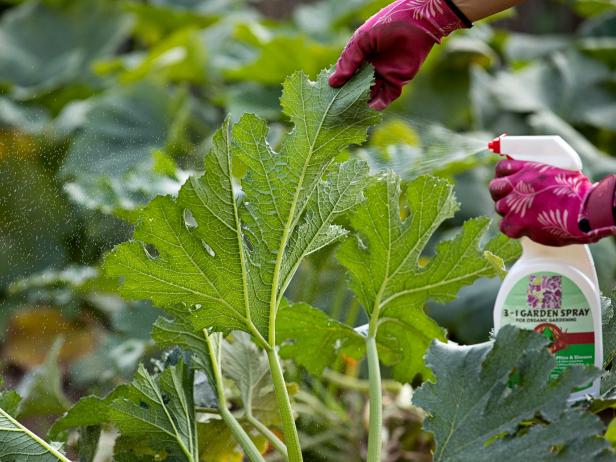
SHAIN RIEVLEY, SHAIN RIEVLEY, SHAIN RIEVLEY
7. Don’t Forget Soil Maintenance
Adding compost every year will help keep plants healthy. Mixing fertilizer into the soil will feed most plants all season long.
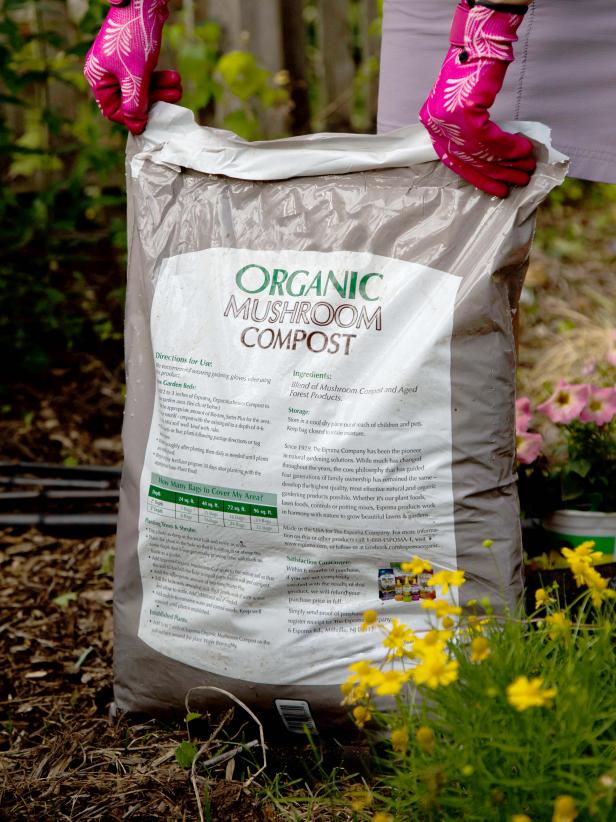
SHAIN RIEVLEY, SHAIN RIEVLEY, SHAIN RIEVLEY







